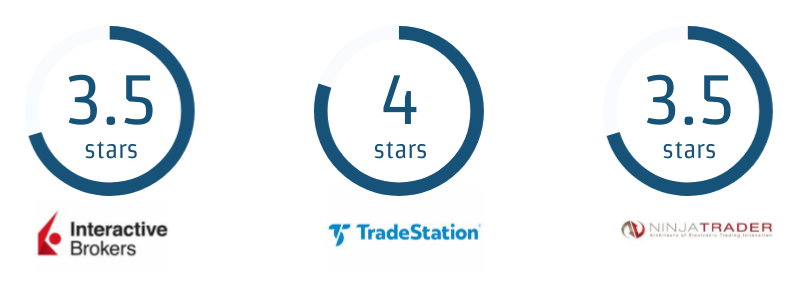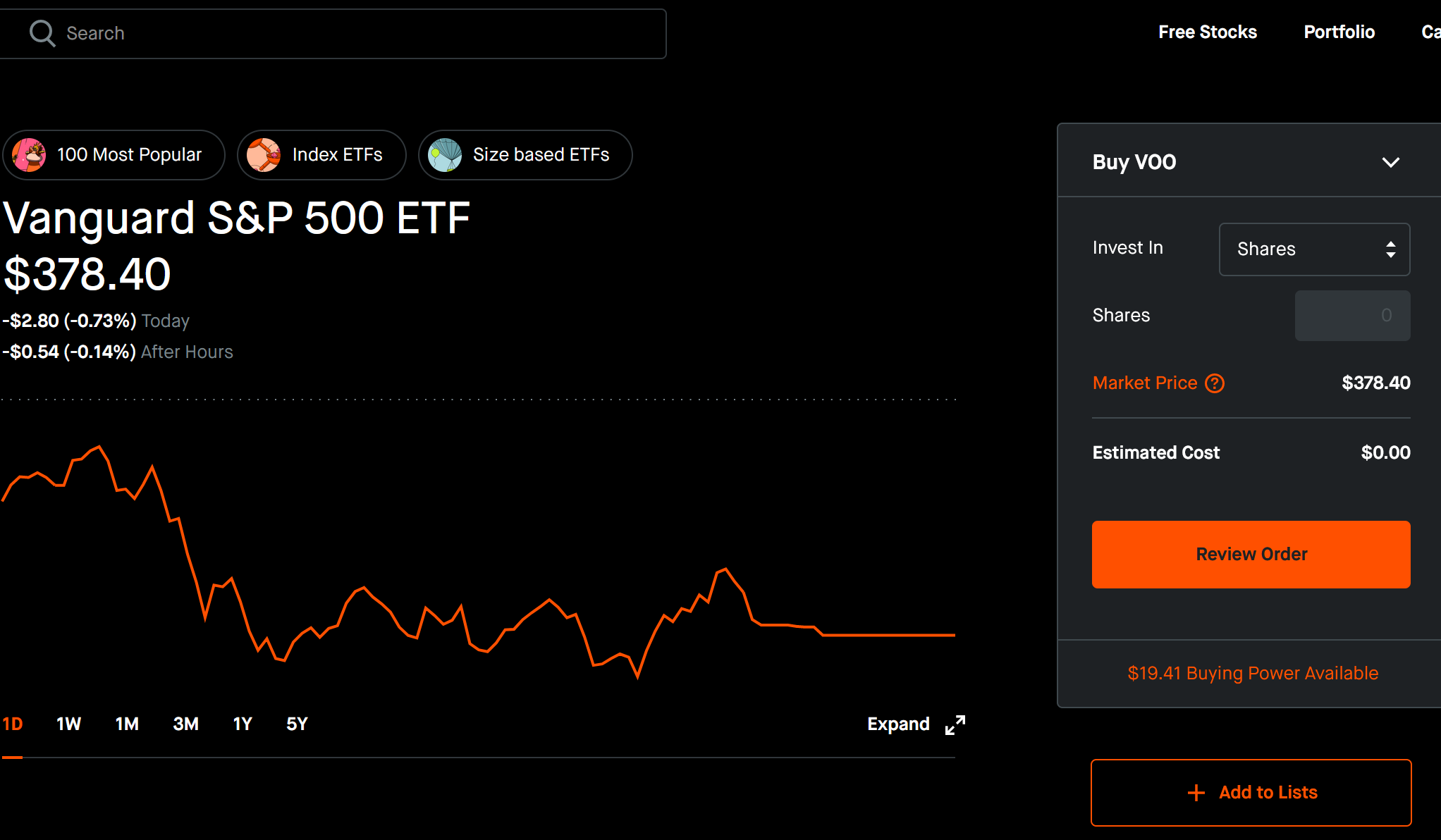
Which stocks were the most profitable for growth six months back? Wall Street is facing new challenges and stocks that were best for growth six months ago are no longer the best today. The stimulus already has ramifications. Inflation is rising faster than the Fed can tolerate due to increased government payouts. The best stocks for growing portfolios are still available. This article will discuss three of these stocks, and explain why they are worth your attention.
Align Technology
Align Technology's market share is around 10%. This company has the potential to grow and increase its revenue. The company has also focused on expanding into the international market. It sold more straighteners from Europe and the Middle East in 2013 than the rest of the globe. Align Technology will be creating a new global hub for manufacturing in Poland to address the high demand. But there are issues you need to be aware.

The PEG Ratio provides a more comprehensive view than P/E. It takes into account growth and allows investors compare high-growth companies. EBITDA measures a company’s profitability and is $1.1billion. This company does no pay dividends. This makes it one on the best stocks to grow. If you plan on holding Align Technology for longer than one calendar year, you should attend its annual conference.
Universal Display Corporation
Universal Display Corporation might not immediately make sense as one of the best stocks to invest in for growing companies. The company's recent history suggests that they are on the verge of growing. A new panel-making partner and a growing number of OLED-equipped phones may boost Universal Display's stock price. The company is also seeking to expand its China market footprint. If all of these factors succeed, it will be a strong pick for growth investor.
Universal Display Corporation is an innovator in OLED technology development, but the company doesn't make the devices we use every day. The company has several patents that are important in the industry. Most of these patents relate to efficient phosphorescent OLED emitters. Its PHOLED substance is used in almost every AMOLED display. Universal Display's stock ticker OLED is OLED. Its rival eMagin was an early developer and market leader in OLED microdisplays. It focuses on defense and consumer VR/AR markets. This stock ticker is great for growth investors, even though it has a slant on future.
Shopify
Shopify is a stock that offers high growth potential. Shopify could have a huge advantage over Amazon because of its recent strategic partnerships with TikTok (Facebook) and Facebook. Shopify is also able to generate around 40% of its revenues from subscriptions. Shopify's potential growth is high, but it comes with a very high price. It's best to steer clear of Shopify if you're not a risk-averse investor.

Shopify's strong position in the ecommerce sector is despite these risks. As more consumers shop online, the stock price of Shopify increased from $416 and $1,762 to reflect this. Shopify's revenue growth was rapid but the company lacks clear guidance regarding its fiscal year. It stated in its latest earnings guidance that it expects to see a decrease in revenue growth during Q4 of FY 2022. The guidance didn't offer any details.
FAQ
How Do People Lose Money in the Stock Market?
The stock market is not a place where you make money by buying low and selling high. It's a place where you lose money by buying high and selling low.
The stock market offers a safe place for those willing to take on risk. They are willing to sell stocks when they believe they are too expensive and buy stocks at a price they don't think is fair.
They are hoping to benefit from the market's downs and ups. But they need to be careful or they may lose all their investment.
Why is marketable security important?
A company that invests in investments is primarily designed to make investors money. This is done by investing in different types of financial instruments, such as bonds and stocks. These securities offer investors attractive characteristics. They may be considered to be safe because they are backed by the full faith and credit of the issuer, they pay dividends, interest, or both, they offer growth potential, and/or they carry tax advantages.
Marketability is the most important characteristic of any security. This refers to how easily the security can be traded on the stock exchange. A broker charges a commission to purchase securities that are not marketable. Securities cannot be purchased and sold free of charge.
Marketable securities can be government or corporate bonds, preferred and common stocks as well as convertible debentures, convertible and ordinary debentures, unit and real estate trusts, money markets funds and exchange traded funds.
These securities can be invested by investment firms because they are more profitable than those that they invest in equities or shares.
How are securities traded?
The stock market allows investors to buy shares of companies and receive money. Investors can purchase shares of companies to raise capital. Investors then resell these shares to the company when they want to gain from the company's assets.
Supply and Demand determine the price at which stocks trade in open market. If there are fewer buyers than vendors, the price will rise. However, if sellers are more numerous than buyers, the prices will drop.
You can trade stocks in one of two ways.
-
Directly from company
-
Through a broker
Statistics
- US resident who opens a new IBKR Pro individual or joint account receives a 0.25% rate reduction on margin loans. (nerdwallet.com)
- "If all of your money's in one stock, you could potentially lose 50% of it overnight," Moore says. (nerdwallet.com)
- Individuals with very limited financial experience are either terrified by horror stories of average investors losing 50% of their portfolio value or are beguiled by "hot tips" that bear the promise of huge rewards but seldom pay off. (investopedia.com)
- The S&P 500 has grown about 10.5% per year since its establishment in the 1920s. (investopedia.com)
External Links
How To
How to Trade in Stock Market
Stock trading refers to the act of buying and selling stocks or bonds, commodities, currencies, derivatives, and other securities. Trading is French for traiteur. This means that one buys and sellers. Traders purchase and sell securities in order make money from the difference between what is paid and what they get. This is the oldest form of financial investment.
There are many ways to invest in the stock market. There are three types that you can invest in the stock market: active, passive, or hybrid. Passive investors only watch their investments grow. Actively traded investors seek out winning companies and make money from them. Hybrid investors take a mix of both these approaches.
Passive investing is done through index funds that track broad indices like the S&P 500 or Dow Jones Industrial Average, etc. This type of investing is very popular as it allows you the opportunity to reap the benefits and not have to worry about the risks. You can just relax and let your investments do the work.
Active investing is about picking specific companies to analyze their performance. The factors that active investors consider include earnings growth, return of equity, debt ratios and P/E ratios, cash flow, book values, dividend payout, management, share price history, and more. They will then decide whether or no to buy shares in the company. If they feel that the company's value is low, they will buy shares hoping that it goes up. On the other side, if the company is valued too high, they will wait until it drops before buying shares.
Hybrid investing blends elements of both active and passive investing. Hybrid investing is a combination of active and passive investing. You may choose to track multiple stocks in a fund, but you want to also select several companies. In this case, you would put part of your portfolio into a passively managed fund and another part into a collection of actively managed funds.